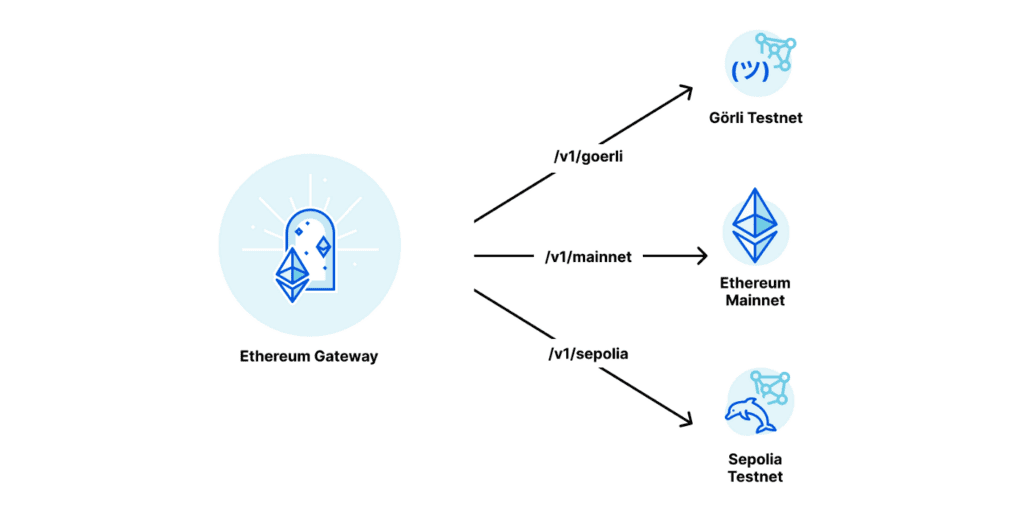Key Points:
- In response to issues with purchasing ETH on the blockchain’s principal test networks, the Ethereum core developers are developing a second testnet named Holli.
- The introduction of Holli might enhance the testing environment for node operators as well as client and application developers.
- The testnet intends to solve problems with ETH supply acquisition on Ethereum test networks, especially on Goerli.
Later this year, Ethereum intends to introduce a brand-new testnet called “Holli.” In order to address the ETH supply concerns, Ethereum core developers want to switch from existing testnets to new testnet. It will be the first public, merged-from-genesis, long-running testnet for Ethereum.

The second testnet is being planned by the Ethereum core team in response to issues with buying ETH on the blockchain’s principal test networks.
Tim Beiko, an Ethereum core engineer, said in a tweet on February 24 that the Holli testnet will be live around September 15, 2023. Since The Merge update in September of last year, the idea to start a new testnet has been in development.
He said that because they require more time and space to sync, aging testnets become problematic for users and node operators. The Sepolia testnet solved the sepETH supply problem by switching to a mintable ERC20 token for its beacon chain. This made it possible for validators to successfully mint sepETH after Shapella and resolve the supply problem.
Regrettably, Goerli is accessible to permissionless validators, whereas Sepolia is not. For its beacon chain, the Goerli employs the Ethereum client GoETH. In order to enable stakers and shadow forks to swiftly test updates without running a testnet, considerable effort has thus been made over the past several months to generate periodic ephemeral testnets.
Thus, Ethereum developers want to provide simple access to testnet ETH tokens to application developers before the introduction of the Holli testnet. Developers of client software, programmers creating applications, and miners and node operators all benefit from testnets. However, each group’s demands are somewhat different from one another.

Goerli is a crucial network since it was the first native multi-client testnet that validators frequently utilized. Nonetheless, Goerli’s native ETH distribution technique (GoETH) has been labeled as less reliable. A small number of validator entities control the majority of the distribution of GoETH. They share a tiny amount of GoETH with users who successfully complete a Twitter verification process using faucets, which has sparked questions about privacy and time usage.
The introduction of Holli might enhance the testing environment for node operators as well as client and application developers. It intends to alleviate difficulties with ETH supply acquisition on Ethereum test networks, especially on Goerli.
Developers can install programs and test them for faults on testnets, which are cloned blockchains used for experimental reasons before being deployed on the main network. Goerli and Sepolia are the two main testnets that comprise Ethereum’s ecosystem at the moment.
Tim Beiko offered two solutions to the issues. The genesis file must first include each ETH address where the contract is deployed on the mainnet, Goerli, or Sepolia. The second step is to cooperate with important infrastructure and contract developers to deploy on the network soon after genesis.
Application layer programmers can offer suggestions to Tim Beiko on how to tackle this problem right now. Also, “Holli” is not a definitive name; Holesky or Holesovice are both possibilities.
DISCLAIMER: The Information on this website is provided as general market commentary and does not constitute investment advice. We encourage you to do your research before investing.
Join us to keep track of news: https://linktr.ee/coincu
Harold
Coincu News






















